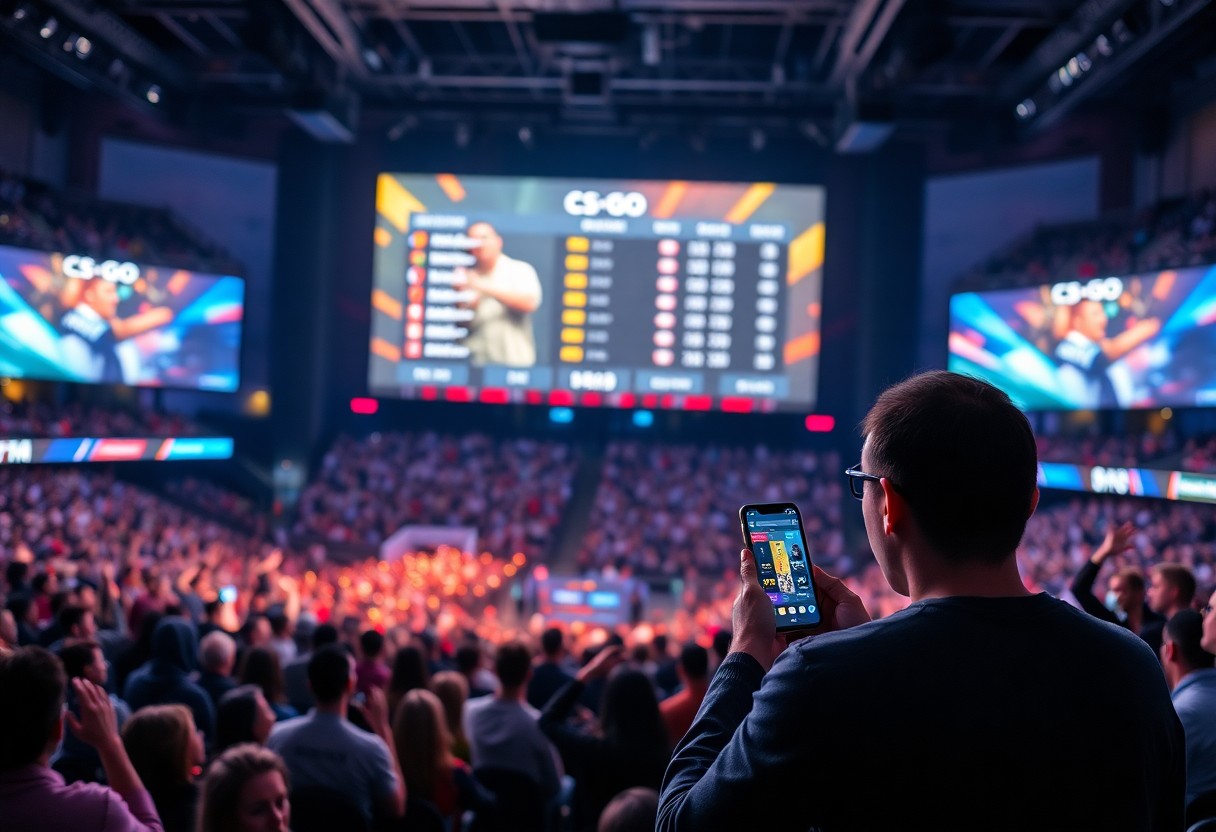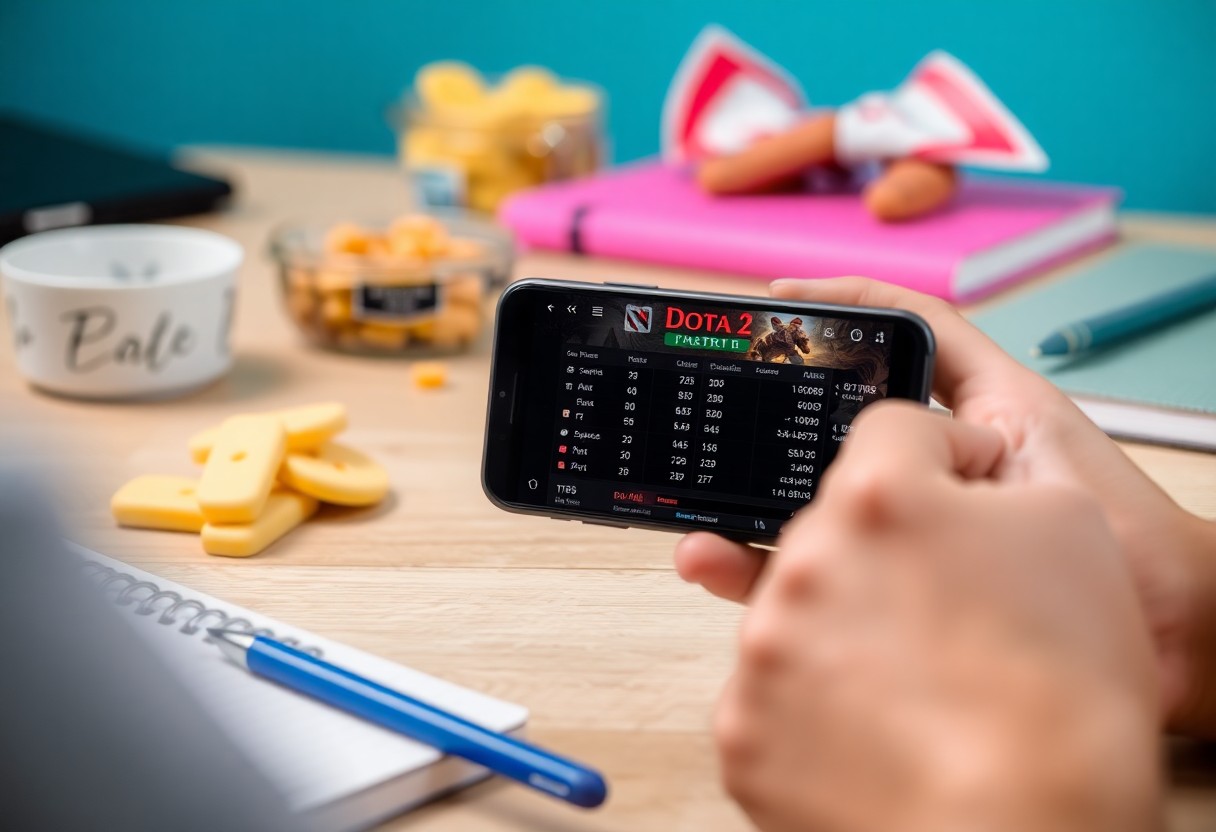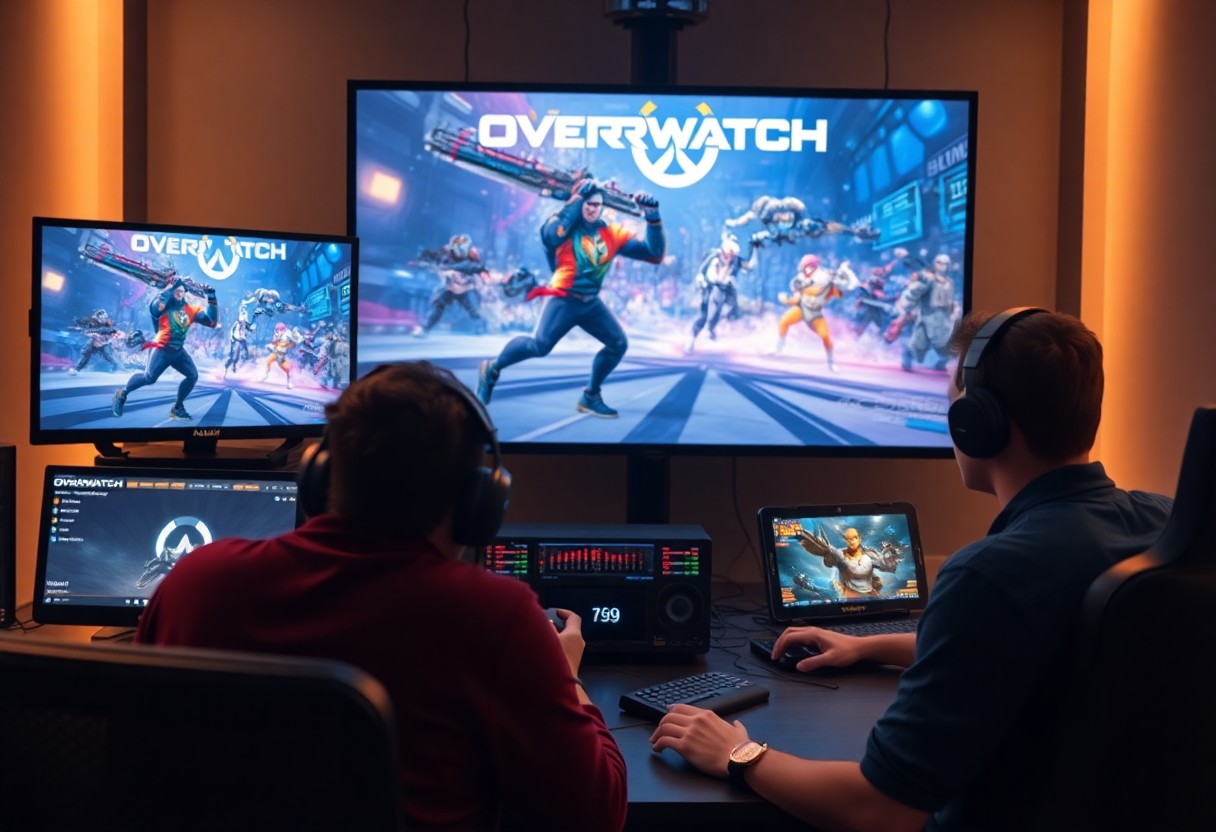Many players and enthusiasts of Overwatch recognize that hero balancing is a fundamental aspect of the game that affects not only casual play but also the competitive scene. The developers at Blizzard Entertainment consistently work to ensure that no single hero dominates the landscape, which is vital for maintaining a dynamic and engaging gameplay experience. Balancing heroes involves adjusting their attributes, abilities, and even the synergies between them to create a fair and enjoyable environment for all types of players.
Overwatch’s hero roster comprises a wide variety of characters, each with unique abilities and roles, from tanks and damage dealers to support heroes. The blend of these roles creates an intricate web of interactions and counterplay opportunities. For instance, a strong tank may negate the effectiveness of damage dealers, while a robust DPS character might overshadow the utility of some supports. Therefore, regular balance patches are imperative to address these shifts in gameplay dynamics and ensure that no hero becomes overly dominant in the current meta.
The effects of hero balancing are particularly pronounced in professional matches, where top-tier teams rely on deep strategies and specific compositions to secure victory. A slight adjustment to a hero’s power can have a ripple effect on team compositions and strategies. For example, if a tank hero is buffed, teams may prioritize them in their compositions, while simultaneously reducing the viability of other tanks. This creates a shifting meta where teams must continually adapt to changes. The rapid evolution that can result from balance changes keeps professional teams on their toes, requiring them to experiment with new tactics and hero pairings.
Moreover, professional players consistently analyze hero performance data to determine the best potential lineups. Balancing can lead to a higher emphasis on certain heroes, forcing teams to adapt or risk falling behind. When a hero is underperforming, teams may exploit that weakness by focusing their strategies around antagonizing that character. Conversely, when a hero is overpowered or has a significant advantage in the current meta, teams will shift towards including them more frequently, potentially leading to a homogenized competition.
Importantly, communication between developers and the community also plays a pivotal role in the balancing process. Community feedback on hero effectiveness and player experiences overwhelmingly contributes to shaping balance updates. When players voice their concerns, the developers can better understand and fine-tune heroes. This relationship helps maintain an evolving gaming environment that reflects the players’ aspirations and experiences, ultimately benefiting the professional scene.
In the aggregate, hero balancing in Overwatch is a dynamic process that profoundly impacts professional matches. By adjusting hero abilities and attributes, developers strive to achieve an environment where various heroes can shine, leading to diverse strategies and exciting gameplay. Teams must constantly adapt to these changes to remain competitive, making balance an necessary aspect of both the casual and professional gaming landscape. Keeping the meta fresh and engaging requires an ongoing effort, underscoring the importance of effective hero balancing in the world of Overwatch.





